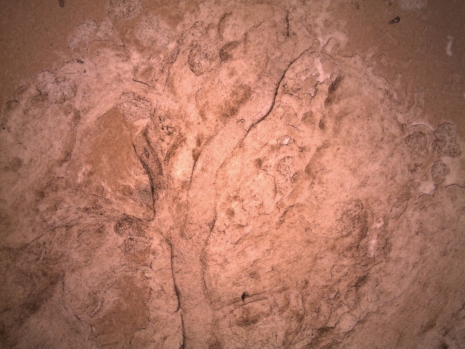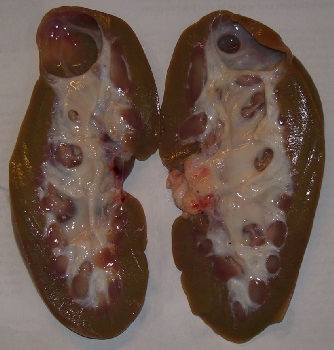Principle
Compared to the liver, the kidney is a rather small organ, however, it is the most significant excretion organ in humans apart from the skin and the lungs. Water and the substances dissolved in it are first transferred to the renal corpuscle (Malpighian
body). The liquid travels through delicate tubes, i.e. renal tubes, while a part of the substances is returned to the blood. Ultimately, the excessive proportion of water, salts, and decomposition products are passed on to the urinary bladder and then excreted.
Benefits
- Experiment is part of a complete solution set with a total of 50 experiments for all microscopy applications
- With student worksheet, appropriate for all class levels
- With detailed instructor information, incl. sample microscopy image
- Optimized for tight schedules, i.e. minimum preparation time required
- Microscopy solution set specifically designed to include all required accessories
- Content available with matching multimedia files
Tasks
- Explore and explain the morphology of the renal corpuscles.
Learning objectives
- Kidney
- Excretion organ
- Renal corpuscle
- Delicate tubes




